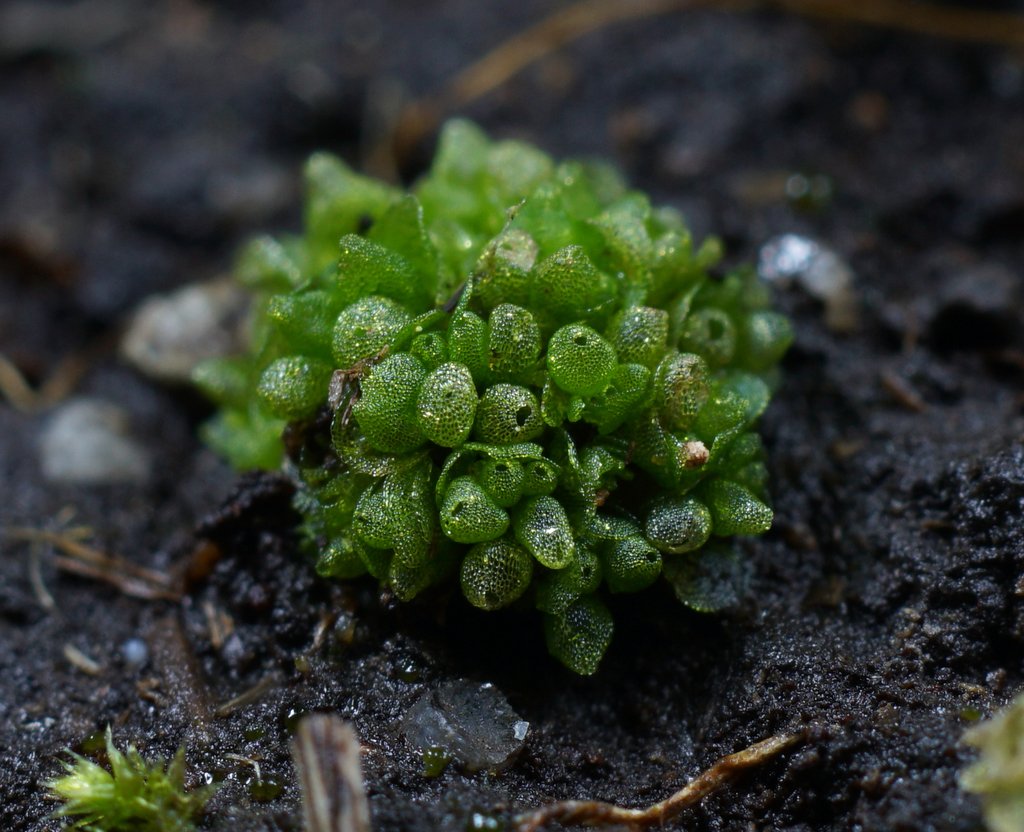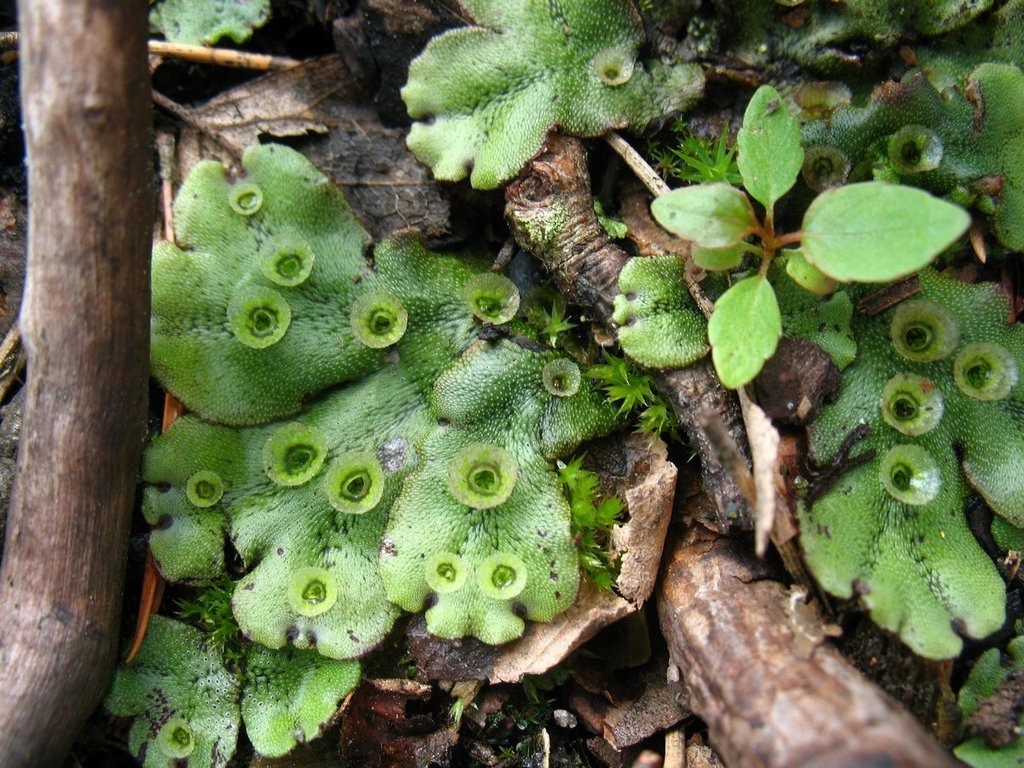by Natarsha McPherson
This article is the sixth in our series, Know Your Park Lands Plants, where we introduce you to some of the many species that populate your Adelaide Park Lands.
The crescent-cup liverwort (Lunularia cruciata) is an introduced species found throughout your Adelaide Park Lands, particularly within GS Kingston Park / Wirrarninthi (Park 23) and Pelzer Park / Pityarilla (Park 19).
Belonging to a division of non-vascular plants (Marchantiophyta) that comprise approximately 9,000 species, liverworts are typically concentrated around the tropics – favouring moist, humid, and shady conditions.
Subsequently, you are most likely to find the species growing along sheltered areas, particularly around rocks, tree roots, paths, and wall edges.
The crescent-up liverwort is native to the Mediterranean region but can be found globally. This liverwort can be found in GS Kingston Park / Wirrarninthi (Park 23). Photo: Insiderelic.
Unlike vascular plants, the crescent-cup liverwort comprises a flattened thallus (plant body) rather than stems and leaves. These thalli appear shiny, patterned with air pores, and expand in clusters with Y-shaped (dichotomous) branches.
Despite their reliance on water for growth and reproduction, the species is largely tolerant of dry conditions via preferential growth in moist microhabitats and dormancy during dry seasons. Photo: Alexis.
On this surface, you can identify the species according to its raised crescent-shaped gemma cups that are typically 1-2 mm in diameter and hold gemmae – tiny discs of reproductive tissue.
When water droplets hit the thallus, these gemmae become dislodged from the cups and disperse to create new genetically identical individuals.
Using gemmae for asexual reproduction, this form of dispersal can enable rapid colonisation under new habitats. Photo: Geoffrey Cox.
Alternatively, the crescent-cup liverwort can also reproduce sexually, like mosses, through spores rather than seeds. After fertilisation, these spores are released and dispersed via the wind where they will establish and grow in areas with access to water.
Sexual reproduction of liverworts occurs from umbrella-like structures of both male and female forms, but fertilisation can only occur if water is available. Photo: Marianne Broug.
Because of its unique appearance, the species is relatively easy to distinguish from its unique crescent-shaped gemma cups.
Generally, other liverworts that you may encounter will be distinct in overall body shape, size, or comprise dissimilar gemma cups like within the common liverwort (Marchantia polymorpha).
Identifying liverworts within your Adelaide Park Lands shouldn’t be too difficult as they each uniquely carry distinct shapes such as the Texas balloonwort (above) and common liverwort (below). Images: Brian Starzomski and Vilseskogen.
Want to know more about the plants in your Park Lands? Head over to iNaturalist, where you can record, share, and discuss your findings with fellow naturalists.
There is an iNaturalist page, which can show you exactly where citizen scientists (like you!) have observed the crescent-cup liverwort (Lunularia cruciata).
See the other plants featured in this series here: https://www.adelaide-parklands.asn.au/know-your-park-lands-plants.
Banner photo: Insiderelic.









